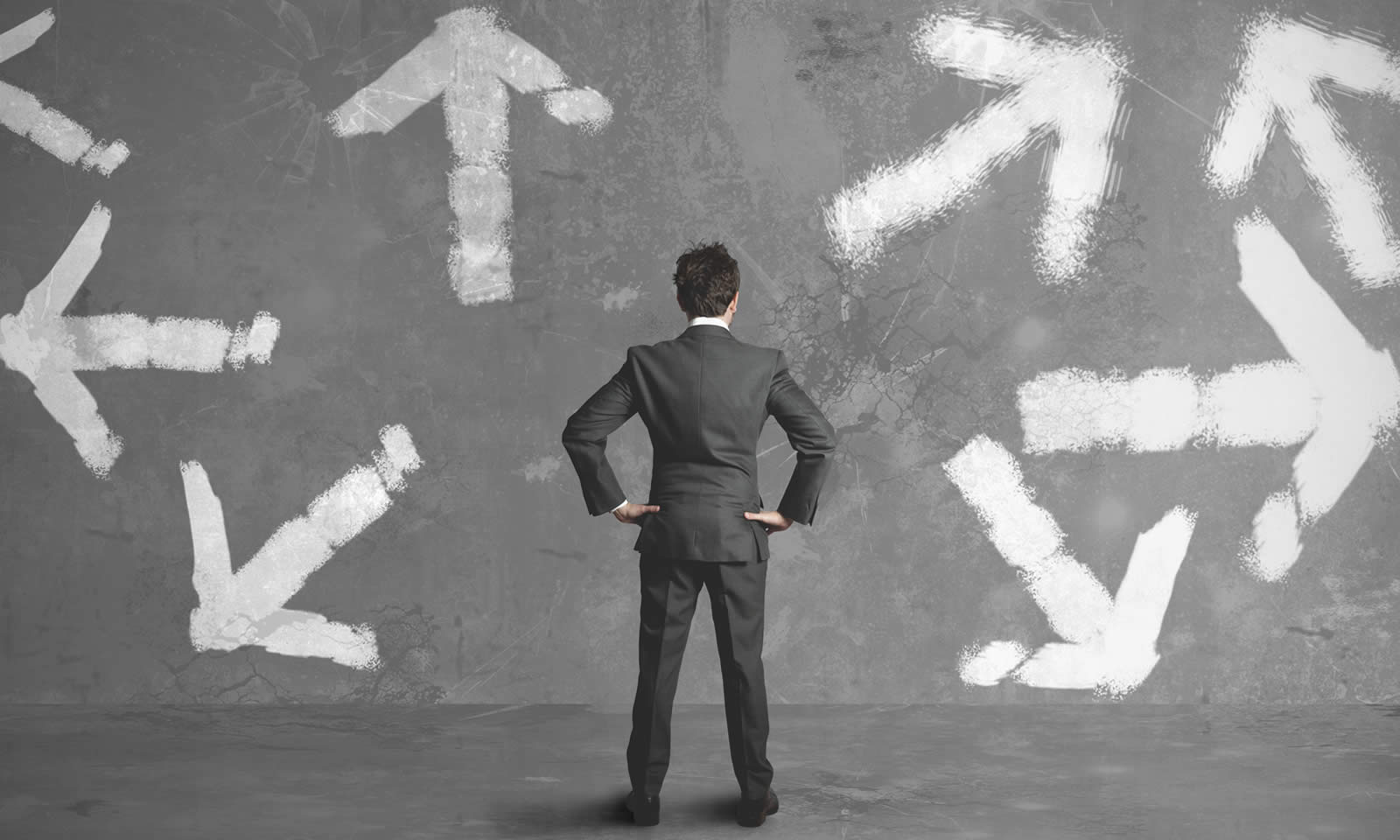Examination of a U.S. Patent Application
I have filed my U.S. patent application. What happens next?
Clients often ask me what happens after I have filed their U.S. patent applications at the U.S. Patent & Trademark Office.
Provisional Applications
For a provisional application, the answer is simple. Provisional applications are not substantively reviewed by the Patent Office. Rather, a provisional application is a place-holder and a nonprovisional patent application must be filed within twelve months of filing the provisional.
Non-provisional and Design Applications
With respect to non-provisional and design patent applications, after filing, a Patent Examiner at the United States Patent Office is assigned to examine your application. The Examiner will issue a first “Office Action,” typically within one to two years after filing, depending on Examiner workload. Office Actions are typically either rejections or allowances of your application, though in some cases the Examiner will first issue a “restriction requirement” if the application is directed to more than one invention. While it is somewhat rare for an Examiner to issue an allowance on the first Office Action, in several cases, we have had an application allowed in the first action or after fixing minor informalities.
Patent Office Rejections, Allowances and Maintenance Fees
Rejections can be overcome by amending the claims of the patent application to overcome the cited prior art and/or arguing that the rejection is improper. Once a response is filed, the Examiner will either issue a Notice of Allowance or issue another rejection and provide the inventor another opportunity to respond. If not successful, this process may be repeated by filing Requests for Continued Examination. In rare occasions when prosecution is proving to be lengthy and difficult, you may decide to file an appeal to the Patent Trial and Appeal Board.
If the Examiner is satisfied with the response to the Office Action, he or she will issue a Notice of Allowance. The patent will then be issued condition to payment of an issue fee, usually within four to six weeks of payment of the fee. To maintain the active status of a granted patent, maintenance fees must be paid 3.5, 7.5 and 11.5 years after the patent is granted.
Due to the somewhat unpredictable nature of the examination process, it is difficult to say how many responses will be required to obtain allowance, and as a result, the cost of the examination process. We typically, tell clients to budget between $1,000 and $3,000 in post-filing legal fees, with higher fees required if several responses and/or an appeal is required and if the client, including its subsidiaries, has over 500 employees.
Official Patent Office statistics on patent pendency and other tracking measures can be found at the USPTO. Check out their resource here: https://www.uspto.gov/learning-and-resources/statistics.
Ways to Obtain a Patent Quicker
We understand that the delays in the patent process can be frustrating. Fortunately, there are several ways to expedite prosecution of your patent application. For example, before patent filing, a patent search may increase your likelihood of obtaining an easier path through the Patent Office. We offer patentability searches for a fixed fee of $1,500 per invention. Another way to expedite prosecution is to file your application under “Track 1,” which prioritizes your application in the Patent Office for faster examination by paying a higher fee. And during prosecution, we frequently participate in Examiner Interviews to expedite prosecution of your patent. Examiner Interviews typically take place by telephone and last thirty minutes. Interviews are beneficial in explaining your response to the Office Action in a clear manner.
What are the requirements in obtaining patent protection in the United States?
There are 3 types of patents: utility patents, design patents, and plant patents. Utility patents are the most common types of patent. Types of inventions that are commonly protected by utility patents include medical devices, pharmaceuticals, machines and electronics. In addition, in some cases, it is possible to patent the use of software-based inventions. View all FAQ's here: View FAQ's
Questions
I hope that this information is helpful to understanding the examination process. In a future article, we’ll address what happens after you file an international (PCT) patent application.

